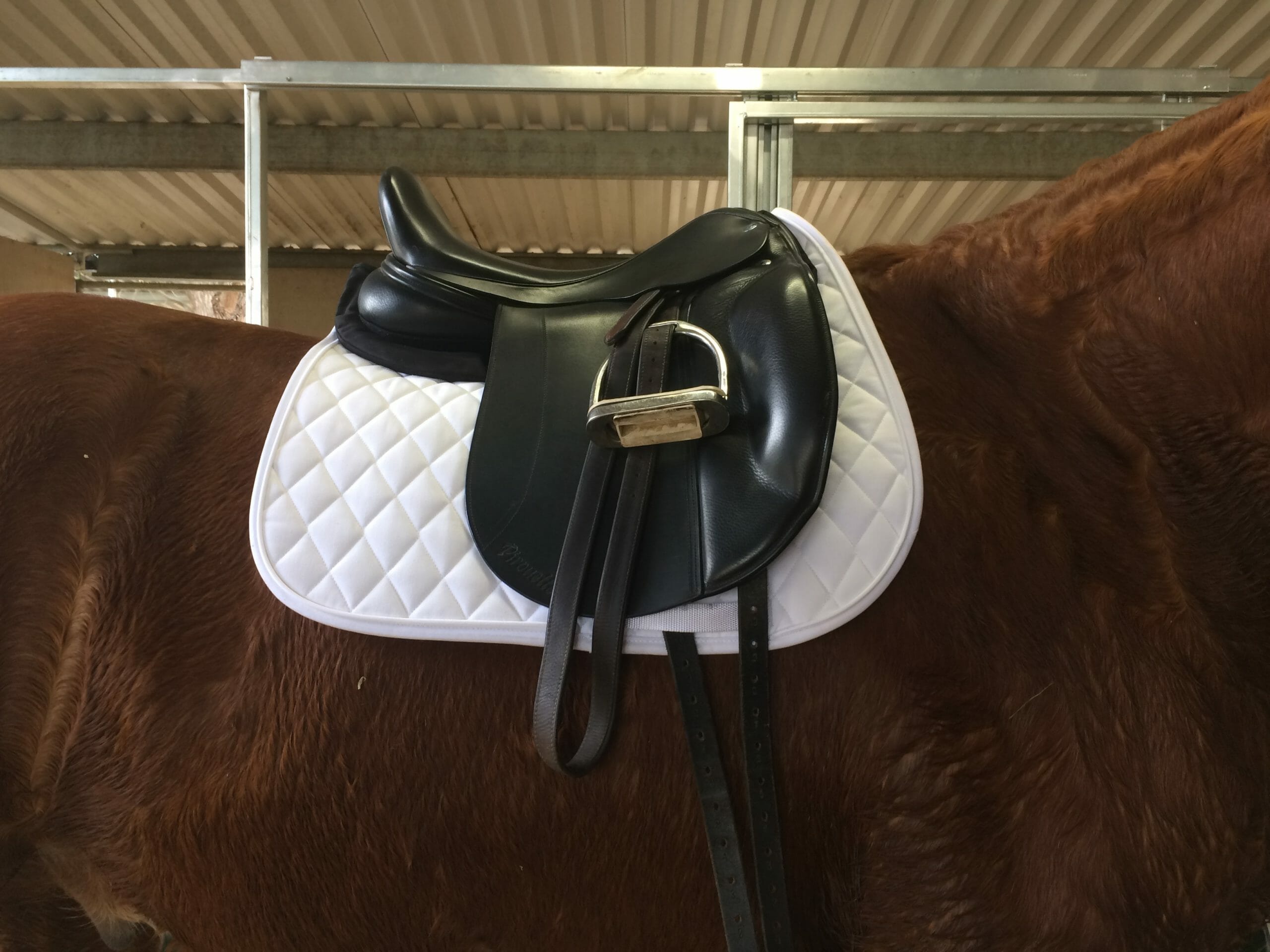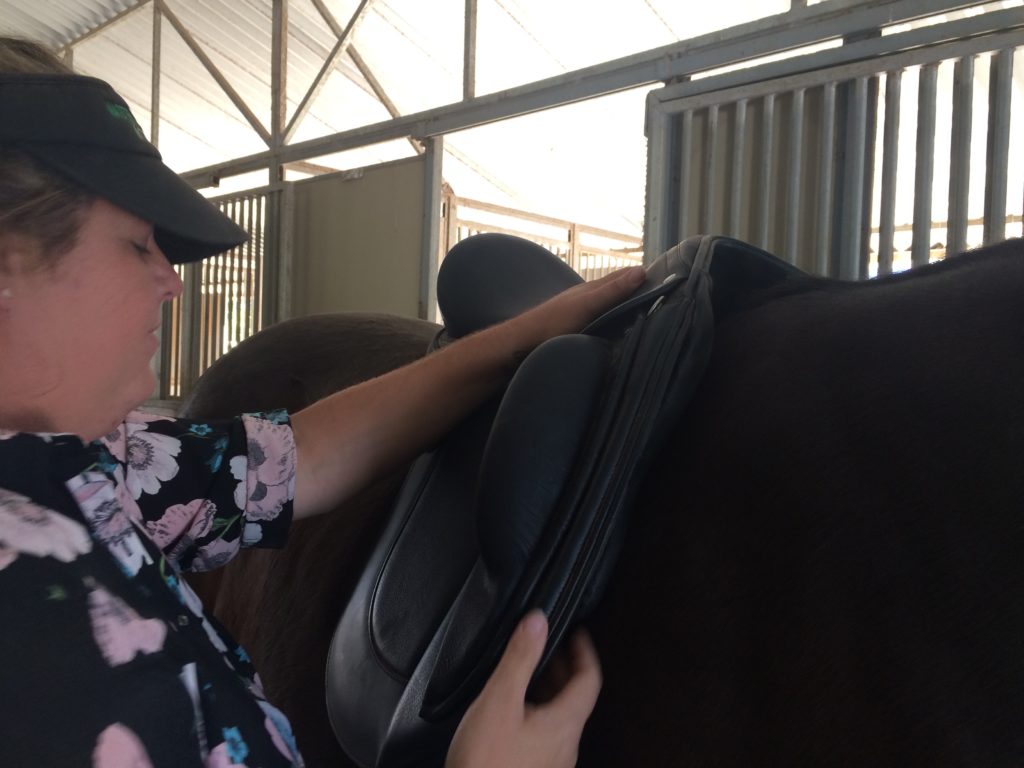Saddle Fitter Georgie Welge offers some advice on how to ensure you have a properly fitting and well-maintained saddle.
Time Commitment: 5 mins
How Often Should You Check Your Saddle?
Nothing beats the feeling of finally getting a saddle that wonderfully fits not only your horse but you as well, and reaping the rewards of a better seat, better quality movement and a happier horse. But this bliss does not last forever, as saddles need to be checked on a regular basis, to see if they are still up to the task or if they might need a minor adjustment or two. How do we know when our saddle needs to be checked? How often should we do this? How can we contribute to the longevity of our saddle? These are the issues I will be discussing in this three-part article.
Signs to Look Our For that Your Saddle Isn’t Fitting Well
We’ve all been there – you’ve had your saddle fitted, you’re in a good training regime, the horse is progressing well, but then you have a couple of rides that make you think something is off. At that point, don’t wait too long, get your saddle checked. By all means, get your horse checked by your bodyworker or vet and talk to your farrier too, but the horse’s changed way of going is usually the first sign that the saddle isn’t sitting as well as it once was. This is not only normal, it’s actually desired, as we are looking for the horse to develop his musculature, to grow in strength and that will change the dimensions of his back.
Sure, every horse or every rider can have an off day, but if you notice over a group of sessions that the horse is not feeling as free or as responsive as he once did, it may be that your saddle is now sitting off balance. When most horses start to learn to lift through the thoracic sling, to lift their back, they will develop a significantly wider topline as their muscles develop in response to training. This will cause the saddle to sit off balance. You can observe this by standing back and looking at your horse with the saddle on.
If the balance seems fine, the next thing to check is the width of the saddle. The saddle needs to be wide enough, so that the scapula can rotate when the foreleg is extended. If you look at the front of the saddle, and it looks narrower than the shoulders, then it needs to be checked. The same goes for if it looks wider than the shoulder.

Check the Flocking
If both the balance and the width are ok, then take the saddle off and look underneath to check the flocking. It should feel nice and even. If it’s not even, get the saddle checked.
A good habit to get into is checking your saddle regularly, perhaps every couple of weeks. Simply pay some extra attention when tacking up – does it sit like it used to, does it feel the same when you ride, does your back feel ok after the ride. Another clue of the saddle needing some attention might be a newly developed resentfulness to girthing up or your bodyworker picking up on tightness in localised areas.
How often should I get my saddle checked is a very common question, but unfortunately there is no straightforward answer. If your horse is in regular work and you are good at maintaining their condition then once every six months should be adequate. But it is up to you to pay attention to the little clues and get it checked sooner if something doesn’t feel quite right.





